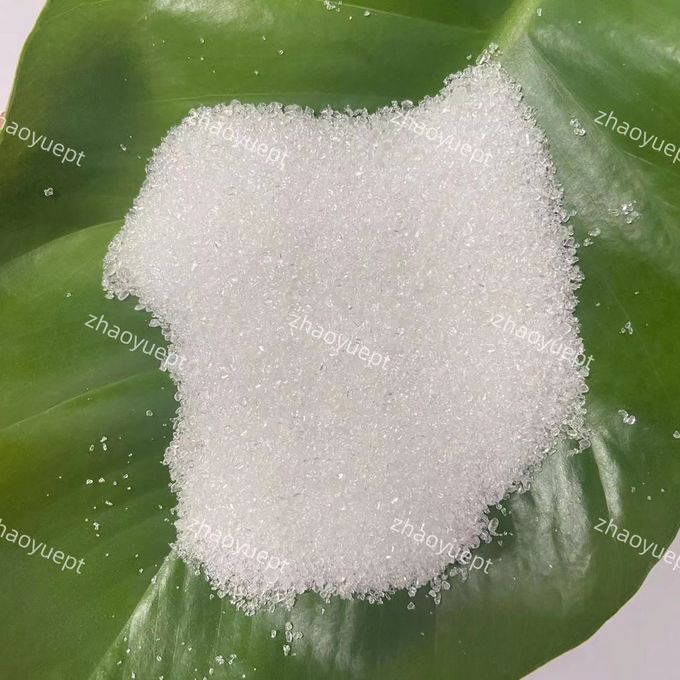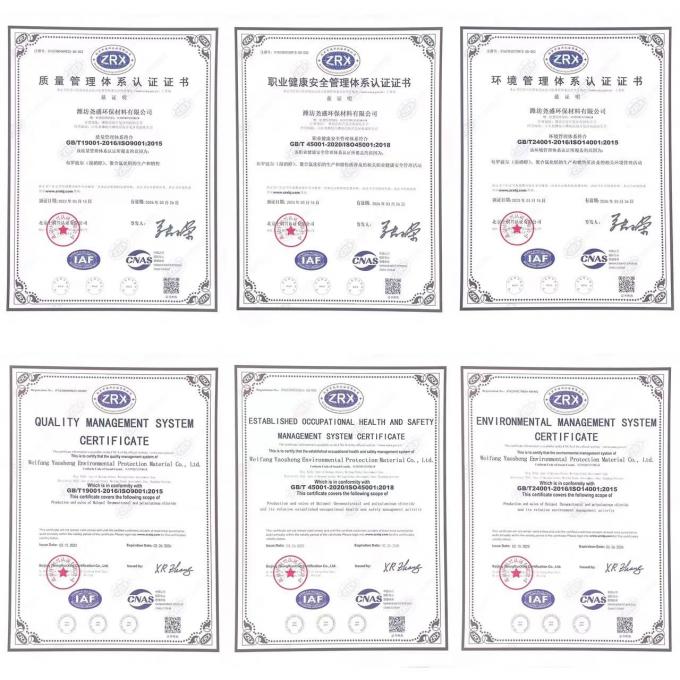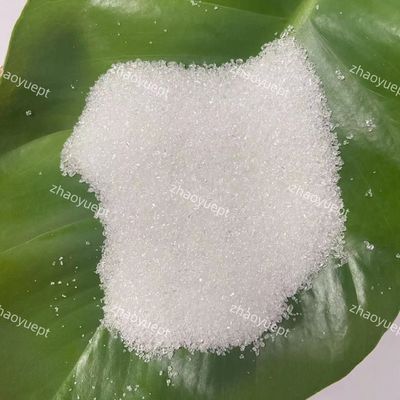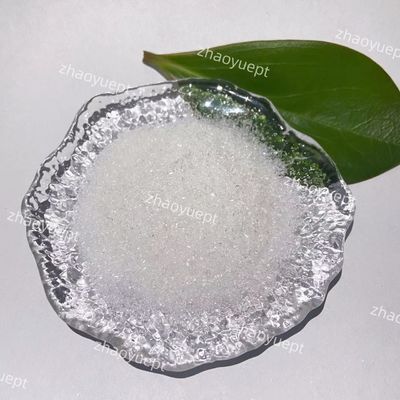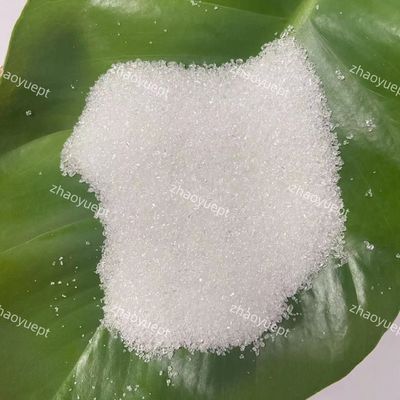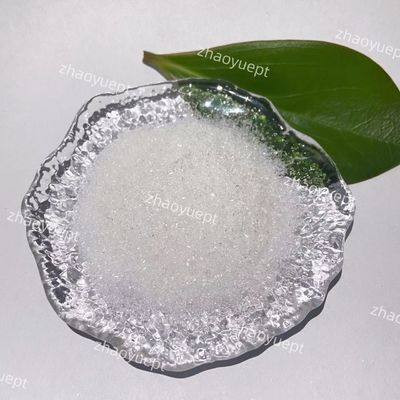Crystalline Bronopol Powder

Contact me for free samples and coupons.
Whatsapp:0086 18588475571
Wechat: 0086 18588475571
Skype: sales10@aixton.com
If you have any concern, we provide 24-hour online help.
x| Another Name | Bronopol、BNPD | Chemical Name | 2-Bromo-2-Nitro-1,3-Propanediol |
|---|---|---|---|
| Molecular Formula | C3H6BrNO4 | Molecular Weight | 199.988 |
| CAS NO. | 52-51-7 | Einecs NO. | 200-143-0 |
| Content | 99.0% Min | Moisture | 0.5% Max |
| Appearance | White To Light Yellow Crystalline Powder | Melting Point | 129-132℃ |
| Stability | Slightly Hygroscopic | ||
| High Light | Crystalline Bronopol Powder,Crystalline Bronopol Pesticide,ISO45001 Bronopol Powder |
||
Textile Fungicide Bronopol BNPD White Crystalline Powder Good Water Solubility
It is an organic compound with the molecular formula C3H6BrNO4. It is white to light yellow crystalline powder at room temperature, odorless and tasteless, easily soluble in water, ethanol, propylene glycol, insoluble in chloroform, acetone, benzene, etc. It is mainly used as a preservative and bactericide for cosmetics, which can effectively prevent and control a variety of plant pathogenic bacteria.
Physical and chemical properties: The content of pure product is 99% (the content of aldehyde is 30%), and the appearance is white to light yellow powder or crystal. The melting point is 130°C. Vapor pressure (20°C) 1.68mPa. Solubility: water 250g/L (22°C); ethanol 500g/L, isopropanol 250g/L, propylene glycol 143g/L, glycerin 10g/L, liquid paraffin <5g/L (23~24°C). Stability: slightly hygroscopic.
Mechanism of antibacterial and antifungal effect: Bronopol has bactericidal effect through different chemical reaction mechanisms in aerobic and anaerobic atmospheres. In an aerobic atmosphere, bronopol catalyzes the oxidation of cysteine amino acids to cystine residues (Shepher et al., 1988). This mechanism is thought to act to kill microorganisms through the formation of reactive oxygen species such as superoxide or peroxide. Moreover, the formed cystine residues are attached to the cell wall, preventing the normal formation of the cell wall. The formation of reactive oxygen species and the cross-linking of cystine residues with the cell wall jointly lead to cell death. In an oxygen-free environment, the mechanism is that cells and extracellular nucleophiles attack the No. 2 carbon atom in the bronopol molecule.
The compound has good bactericidal and antibacterial effects on Gram-positive bacteria, Gram-negative bacteria, molds and yeasts, and is particularly effective on Pseudomonas aeruginosa.
The minimum inhibitory concentration (MIC) of bronopol to some microorganisms
| Microorganism | MIC/(mg/L) | Microorganism | MIC/(mg/L) |
|
Staphylococcus aureus NCIB 9518 |
25 |
Staphylococcus epidermidis NCTC 7291 |
25 |
|
Streptococcus faecalis NCTC 8213 |
25 |
Escherichia coli NCIB 9517 |
25 |
|
Klebsiella obstetrics NCTC 418 |
25 |
Proteus vulgaris NCTC 4635 |
25 |
|
Pseudomonas aeruginosa NCTC 6750 |
25 |
Pseudomonas fluorescens NCIB 9046 |
25 |
|
Salmonella typhimurium NCTC 74 |
12.5 |
Desulfovibrio NCIB 8301 |
12.5 |
|
Candida albicans ATCC 10231 |
1600 |
Saccharomyces cerevisiae NCYC 87 |
3200 |
|
Chaetomium globosa IMI 45550 |
800 |
Aspergillus niger ATCC 16404 |
3200 |
| Trichoderma viride | 6400 |
Bronopol is mainly used as a preservative and bactericide. It is added to the processing of shampoos, balms and creams and other cosmetics. The concentration in cosmetics is 0.01%-0.02%. It can also be used in detergents and fabric treatment agents. as a bactericide. It can effectively control a variety of plant pathogenic bacteria. Cotton seeds can be treated to prevent and control cotton black arm disease and bacterial scabrous blight caused by Xanthomonas cotton, and have no phytotoxicity to cotton. It can also be used for rice bakanae disease. The recommended concentration is 800-1000mg/L. It is also used in industrial circulating water, paper pulp, coatings, plastics, cosmetics, wood, cooling water circulation systems, and sterilization, anti-mildew, anti-corrosion, and algae killing for industrial purposes.
Application: In 1919, bronopol was prepared by R.Wilkendorf, and then the British Pharmaceutical Association announced its general name Bromopol. This biocide is mainly used in industrial circulating water, paper pulp, coatings, plastics, cosmetics, wood, and cooling water circulation systems And other fields including agriculture, sterilization, anti-corrosion and anti-algae. Note: ① Due to the good stability of bronopol in acidic solutions, weakly acidic media are ideal for field applications. ② Exposure to light may make the product yellow, sensitive to iron and aluminum packaging materials, and reacts with amines and alkaline compounds. ③flammable. Produces irritating or toxic fumes (or gases) in a fire, including hydrogen bromide and nitrogen oxides.
Storage and transportation: Store in a cool, dry and ventilated place. It is strictly forbidden to mix with strong oxidants, strong alkalis, strong acids, food, mixed storage, and mixed transportation.
